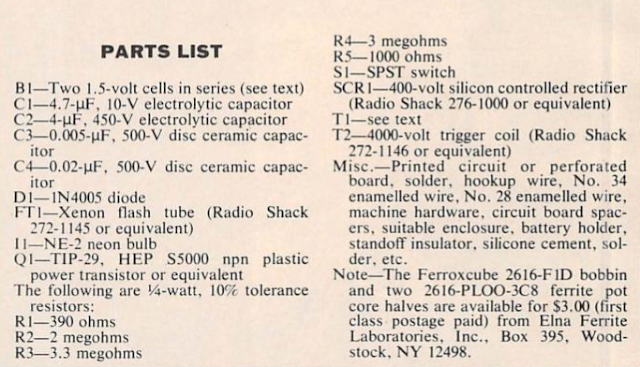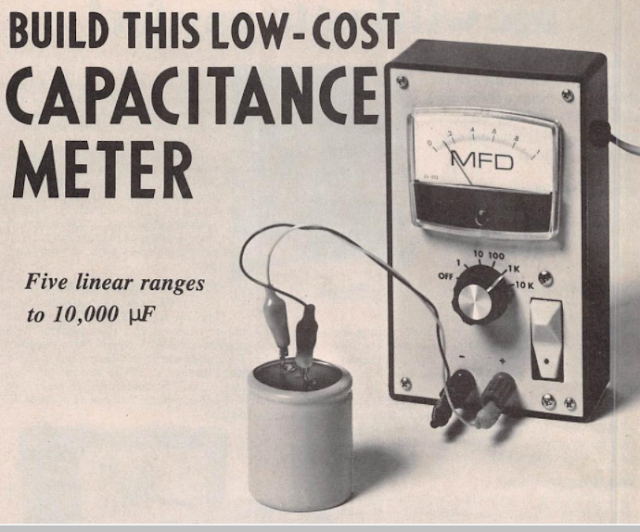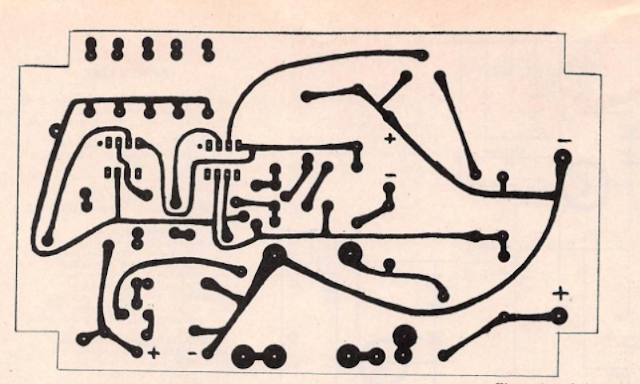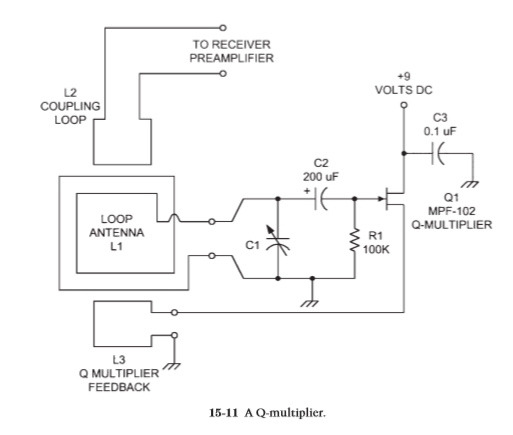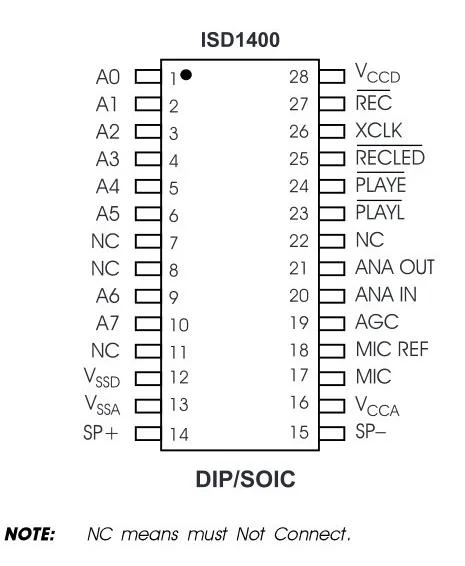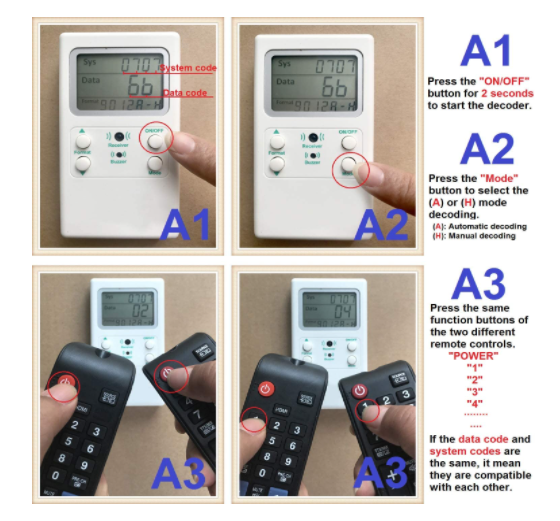DIY SWR Meter: Build Your Own Standing Wave Ratio Meter at Home
Standing Wave Ratio (SWR) is one of the most important parameters in radio frequency (RF) systems. Whether you are a ham radio operator, CB radio user, or RF electronics hobbyist, understanding and measuring SWR is essential for protecting your transmitter and maximizing antenna performance.
In this in-depth guide, you will learn how to build a DIY SWR meter at home using inexpensive components. This project is inspired by classic RF measurement concepts popularized in publications such as Elektor Electronics Magazine, rewritten here as an original, practical, and beginner-friendly tutorial.
This article is optimized for SEO, Google AdSense monetization, and affiliate revenue, making it ideal for electronics blogs, ham radio websites, and DIY project portals.
What Is an SWR Meter?
An SWR meter measures how efficiently radio frequency power is transferred from a transmitter to an antenna. When the antenna impedance does not match the transmitter output (typically 50 ohms), part of the RF energy is reflected back toward the transmitter.
The Standing Wave Ratio is defined as:
SWR = (Forward Power + Reflected Power) / (Forward Power − Reflected Power)
A low SWR indicates good impedance matching, while a high SWR means power loss, signal distortion, and potential damage to the transmitter’s output stage.
Why Every Radio Operator Needs an SWR Meter
- Protects transmitter final amplifier
- Improves antenna efficiency
- Reduces RF power loss
- Improves communication range
- Essential for antenna tuning
Commercial SWR meters can be expensive. Fortunately, a DIY SWR meter can deliver excellent performance at a fraction of the cost.
How a DIY SWR Meter Works
The core of an SWR meter is a directional coupler. It samples:
- Forward RF power (from transmitter to antenna)
- Reflected RF power (from antenna back to transmitter)
By rectifying these RF signals using diodes and measuring their relative levels, the SWR can be determined accurately.
This design works best for:
- HF amateur radio bands
- CB radio (27 MHz)
- Low VHF frequencies
DIY SWR Meter Circuit Overview
The circuit consists of:
- Directional coupler transformer
- Germanium or Schottky diodes
- Analog panel meter (microamp type)
- Calibration potentiometers
- RF connectors (SO-239 or BNC)
This passive design requires no external power supply, making it highly reliable and portable.
Component List (Bill of Materials)
📦 Core Components
- Toroidal ferrite core (FT-50-43 or equivalent)
- Enamel copper wire (0.5 mm)
- Germanium diodes (OA90 / 1N34) or Schottky (BAT85)
- Analog panel meter (100 µA or 200 µA)
- Potentiometers (2 × 10kΩ)
- Resistors (carbon film)
- Ceramic capacitors (100 pF – 1 nF)
📦 Mechanical Parts
- Metal enclosure (RF shielding)
- SO-239 or BNC connectors (input/output)
- Knobs and scale plate
🛒 Recommended Parts
Using quality RF components improves accuracy and durability.
Building the Directional Coupler
Wind the toroidal transformer carefully:
- Primary: 10 turns bifilar winding
- Secondary: 2–3 turns sensing coil
Keep leads short and symmetrical to maintain RF balance. This step determines measurement accuracy.
Detector and Meter Circuit
The RF voltage from the coupler is rectified using germanium or Schottky diodes. These diodes are chosen for their low forward voltage drop, allowing accurate detection at low power levels.
Each detector feeds the meter through a calibration potentiometer, enabling precise SWR adjustment.
Calibration Procedure
- Connect transmitter → SWR meter → dummy load
- Set transmitter to low power
- Adjust forward calibration control to full scale
- Switch to reflected mode
- Read SWR from scale
Once calibrated, the meter can be used for antenna tuning and system diagnostics.
Expected Performance
- Accurate SWR readings from 1:1 to 5:1
- Usable from HF to low VHF
- No power supply required
- Portable and rugged
Common Mistakes to Avoid
- Using silicon diodes instead of germanium
- Poor enclosure grounding
- Long unshielded wiring
- High transmitter power during calibration
Conclusion
Building a DIY SWR meter is a rewarding project that deepens your understanding of RF systems while saving money. Inspired by classic Elektor-style designs, this project offers professional-level performance using simple, accessible components.
Whether you are tuning an antenna, protecting your transmitter, or learning RF electronics, this home-built SWR meter is an essential tool for every radio enthusiast.



